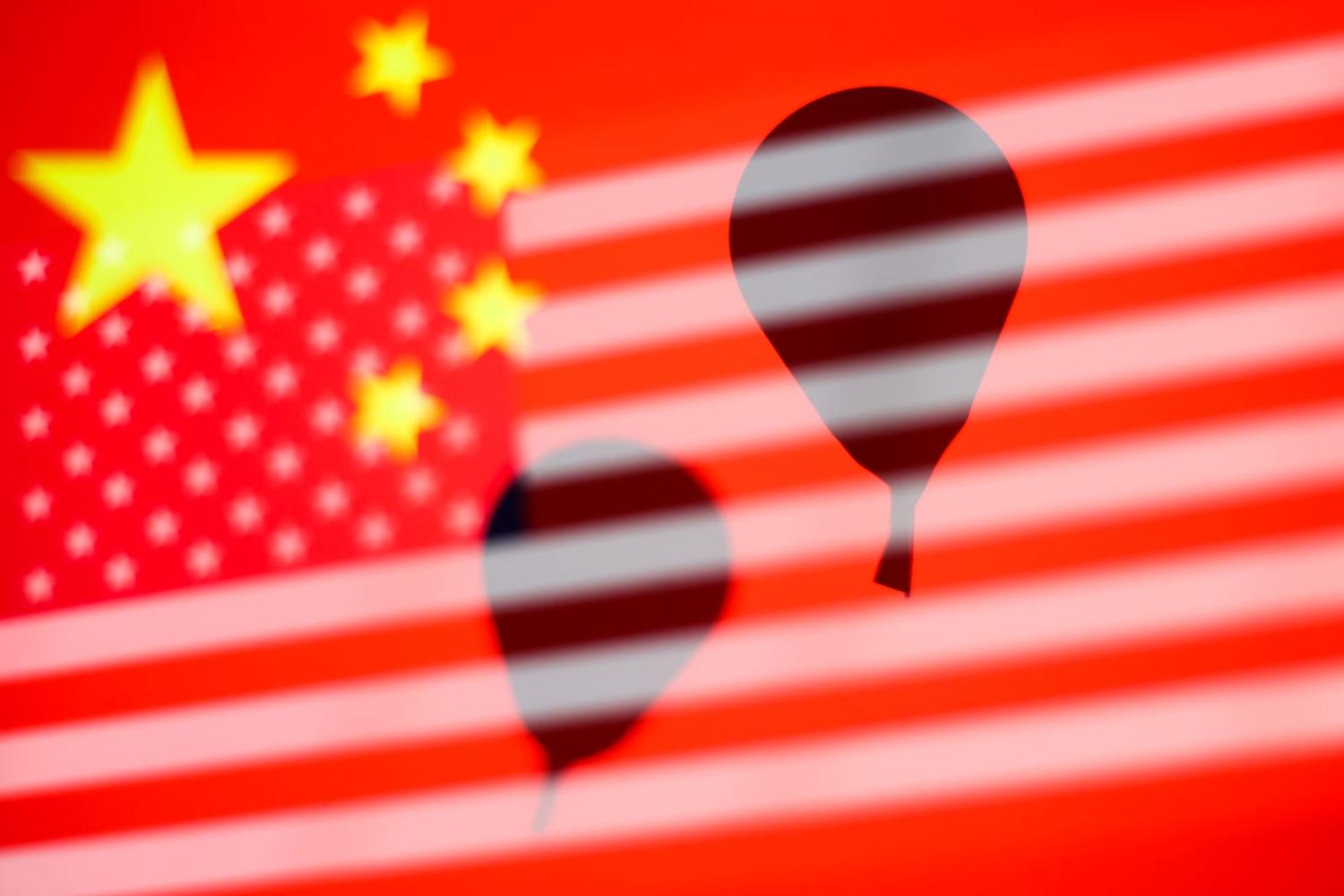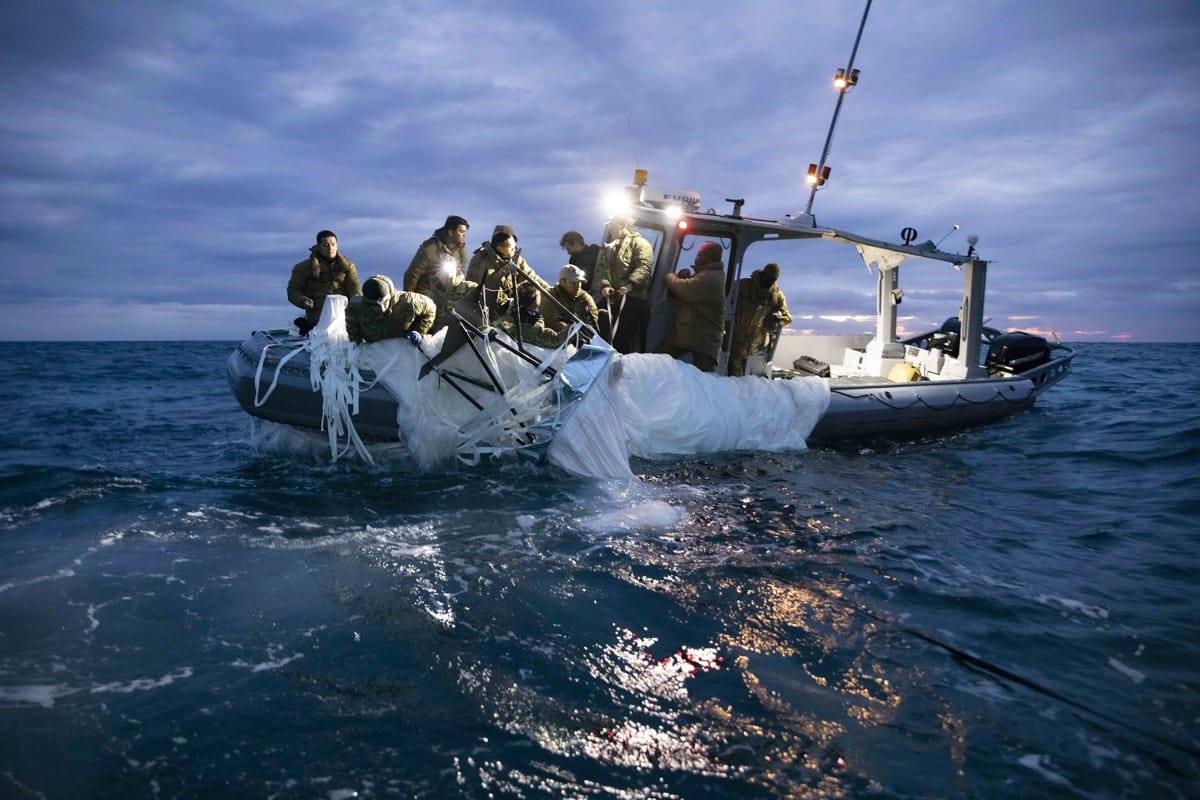ELIZABETH BUCHANAN

US President Joe Biden’s 2022 US National Security Strategy underscored the “decisive decade” ahead for Washington to advance vital interests and out-manoeuvre its competitors. A key challenge warned of China’s interest in and capacity to reshape the existing international order. But in the year since the release of the document, Russia’s war in Ukraine, and the shattering of European peace along with it, has absorbed much of Washington’s strategic gaze.
Efforts to manage the “pacing challenge” posed by Beijing have been somewhat relegated to the back seat. This wasn’t a problem – Washington could present this approach as merely managing US-China strategic competition responsibly. That was until the recent Chinese “spy” balloon saga (dubbed meteorological research assets by Beijing).
China appears disinterested in baiting Washington in good news for the rest of us, yet indicative of a smart strategy on Beijing’s part.
Three further suspected balloons have since been shot down over North American airspace with missiles in the past week. While the attributions have since become more ambiguous as to what was flying and who exactly sent them, social media’s meme machine has exploded, Sinophobia has reared its head, and Washington’s effort to constructively (and quietly) manage its relationship with Beijing has become much more complicated.
Two aspects of this episode are of interest. First, China’s rather restrained response to its assets being blown from the sky, as well as the nonchalant “its science, stupid” justification offered. Here, China appears disinterested in baiting Washington in good news for the rest of us, yet indicative of a smart strategy on Beijing’s part.
Second, Washington’s response is worth deeper consideration, in terms of the innate non-news reality of such events. High-altitude balloon and surveillance occurrences are not a new development.
 Recovering the wreckage of a Chinese high-altitude surveillance balloon shot down off the coast of South Carolina (US Defence Department)
Recovering the wreckage of a Chinese high-altitude surveillance balloon shot down off the coast of South Carolina (US Defence Department)Washington’s public and militarised response perhaps flags a more significant undercurrent to this balloon story. This spy balloon may be used to legitimise Washington’s refocus away from Ukraine and Europe to its competition with China. Indeed, the United States may use this balloon episode to lean into the heavy lifting required to meet the tasks of its decisive decade – in Asia.
US domestic sentiment towards Beijing’s balloons has quickly added pressure for the Biden administration to turn to the China challenge. China penetrating US airspace is a tangible security issue that Americans can grasp – unlike, say, nebulous cyber attacks or coercive economic measures – challenging at once US assumptions of its isolationist existence, while triggering some anxieties of another 9/11-type shock.
Domestic fatigue in the United States related to the sheer cost of fighting for, defending, and arming Ukraine is slowly mounting, bolstered now by an evidenced breach in Washington’s ability to hold an enemy at bay. According to recent polling, the share of US nationals who think Washington is providing too much support to Ukraine has grown to 26 per cent of respondents, up from 20 per cent in September 2022. Back in March 2022, weeks after the Russian invasion, only seven per cent of those polled thought the United States was providing too much support for Ukraine.
Funnelling arms to Ukraine has left Washington’s weapons pantry low on supplies, if not empty.
The US defence sector is already grappling with systemic mobilisation challenges – as underscored by the recent National Defence Industrial Association (NDIA) report. The Covid-19 pandemic also had ramifications for the US defence industry, including continued issues with productivity and supply chains. The report also found key problems with national surge readiness and an aging workforce in sensitive technology. Critically, the report notes: “there is a mismatch between what [US] national strategies aim to achieve and how [the US] defence industrial base is postured”.
Indeed, funnelling arms to Ukraine has left Washington’s weapons pantry low on supplies, if not empty. It is important to note this dire situation is unfolding during a time in which the United States is not itself at war. And it is a situation that 78 per cent of the US defence industry polled by NDIA believes will “remain the same or get even worse”.
This is not an argument for “ditching” Europe for Asia. The notion of a US “pivot” to Asia, heralded under the Obama administration, has always been a bit of “hot air”, insomuch as the United States is already an enduring stakeholder in the region. Basic geography as a Pacific power, history, and alliances further wed the United States to Asia, so the notion that Biden must pick between Europe and Asia is somewhat nonsensical. As is the idea that Europe needs Washington to deal with Putin’s Russia. China would greatly welcome a United States bogged down in Europe.
The United States must adequately prioritise between Europe and Asia. And this is no easy feat. But if the Biden administration hopes to deliver on its intent in a “decisive decade”, it needs to start at home. Back in 2018, the US Department of Defence stated “it would take significant time and government financial resources to reorient the defence industry to effectively handle peer conflict”. Five years on, the situation is grim. This tangible penetration by China (balloon jokes aside) offers a chance for Washington to shift its political energy back towards its pacing challenge in Asia. This would be good news for Canberra.
No comments:
Post a Comment